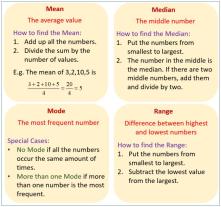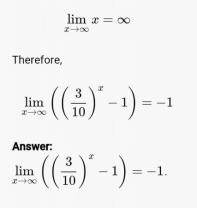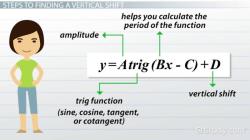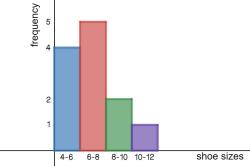What is the mean of a z score distribution?
In a standard normal distribution, which is a specific type of Z-score distribution, some key mathematical properties are crucial to understand:
1. Mean (Average):
- In a standard normal distribution, the mean (μ) is always equal to 0.
- Mathematically, this can be expressed as: Mean (μ) = 0.
2. Z-Scores:
- A Z-score, also known as a standard score, measures how many standard deviations a data point is away from the mean of the distribution.
- When you calculate Z-scores for a set of data and create a Z-score distribution, the mean of that distribution will be 0 by definition.
3. Center of the Distribution:
- The center of the standard normal distribution is located at 0 on the number line.
- Z-scores above 0 represent values greater than the mean, while Z-scores below 0 represent values less than the mean.
4. Standard Deviation:
- In a standard normal distribution, the standard deviation (σ) is always equal to 1.
5. Real-World Applications:
- Z-scores can be calculated for any distribution, not just the standard normal distribution.
- In such cases, the mean of the Z-score distribution will still indicate how many standard deviations a data point is away from the mean of the original dataset, but the mean of the Z-score distribution may not necessarily be 0.
In summary, the mean of a Z-score distribution is always 0 in the context of a standard normal distribution. The Z-scores in this distribution help measure how data points deviate from this mean, with positive Z-scores indicating values above the mean and negative Z-scores indicating values below the mean. This property makes Z-scores valuable for standardizing and comparing data from various normal distributions.













